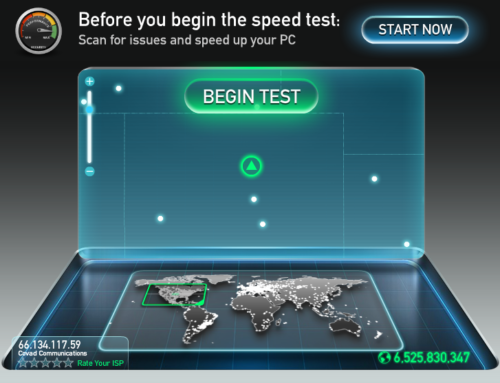When a wifi connection works, it is effortless, but when it doesn’t, or you need something more than just a standard connection, here are a few tools I use all the time that allow for effortless connections.
 Wi-Fi Analytics is a free analysis tool to identify all available wifi connections and their signal strengths.
Wi-Fi Analytics is a free analysis tool to identify all available wifi connections and their signal strengths.
While you can just hover your mouse over the bar graph in the toolbar and see the networks, I like numbers. This tool gives a great display of the signal strength, in dBm, of all visible networks and graphs it over time.
Here is the example of the signal strength in the hotel I happen to be in. The top plot is the strongest signal, at about –20 dBm, while the bottom plots are in the –90 dBm level, really faint.
![]() If the signal strength of the network you want is too faint, there is an external USB wifi adaptor which has very high sensitivity. The Rosewill adaptor is a,b,g and n compatible and available on Amazon for $13.
If the signal strength of the network you want is too faint, there is an external USB wifi adaptor which has very high sensitivity. The Rosewill adaptor is a,b,g and n compatible and available on Amazon for $13.
I can get more than a 10 dB gain with this adaptor compared with the internal wifi antenna in the computer. This means in a rich environment, I can pick up 20 to 30 different networks.
When you are connected to a wifi network, it is sometimes of value to verify the interconnect speed. It’s not always about the signal strength. Sometimes it’s about the router that you connect to. SpeedTest.net is a great web site which tests your connection.
Finally, sometimes you don’t need an internet connection, but you want to connect to other wifi devices. For example, when I interface my PC to my iPad, I like to share screens and even remotely control my PC from my iPad. When I am not connected to the internet, I can still connect to wifi devices.
I can make my PC look like a router with a free software tool. While there are many free tools that turn your PC’s wifi port into a router, the one I like is mHotSpot. This is free and works effortlessly.
These are handy tools to have around when you want to debug a wifi problem, or go beyond the common applications.




